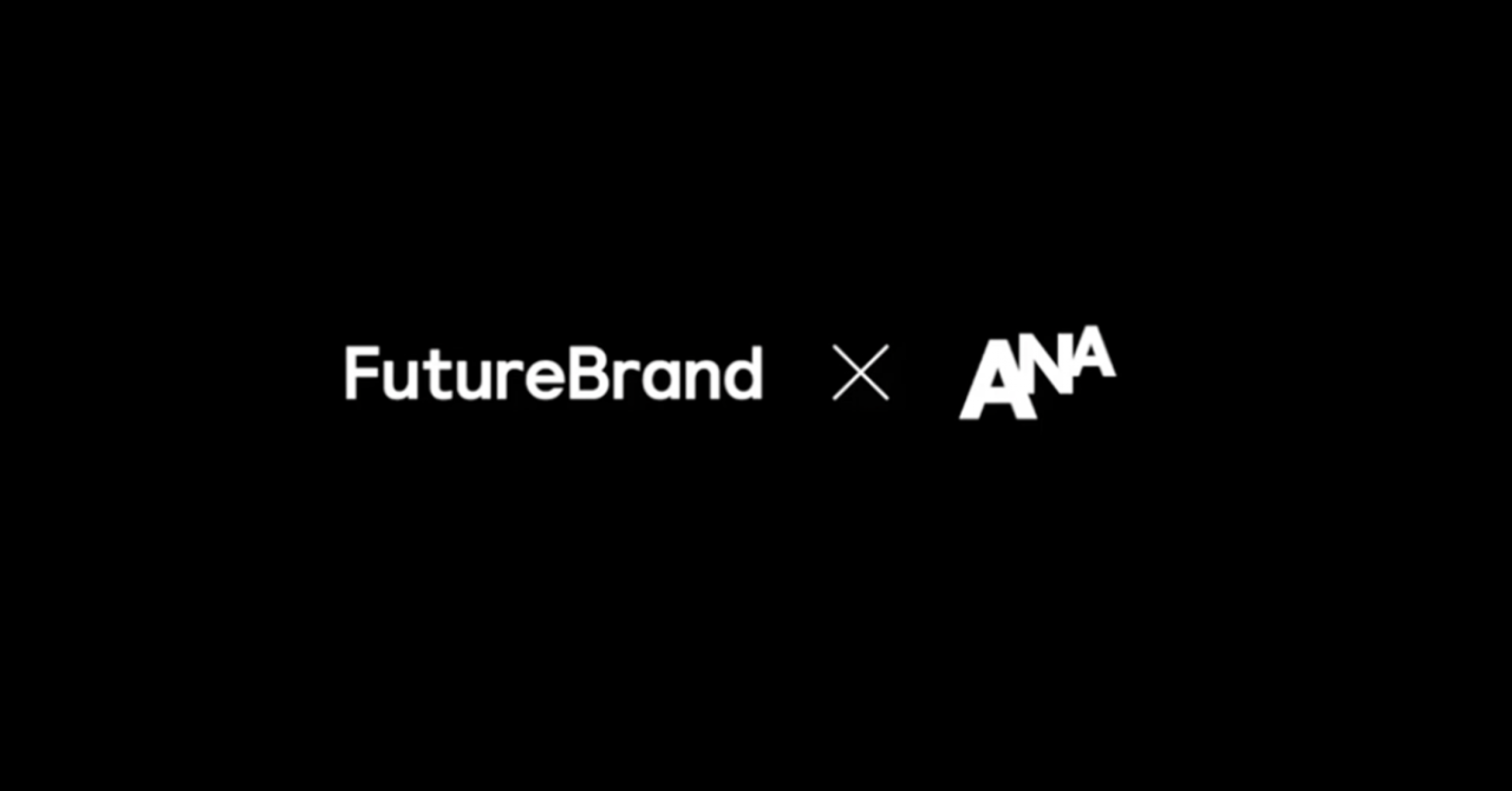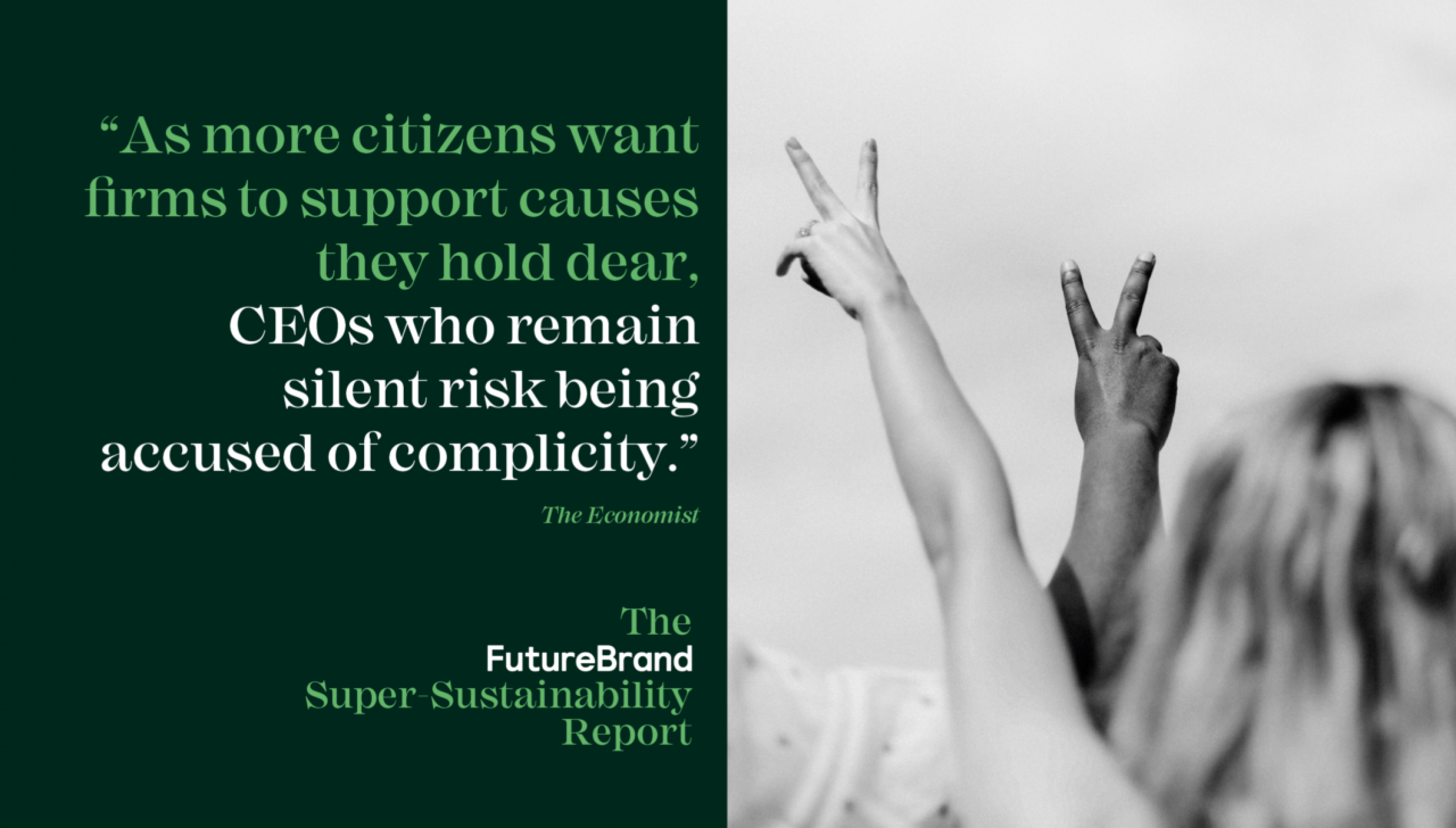

From Starbucks to Sony: how brands can merge with the electric vehicles sector
The electric vehicle (EV) sector has entered into the limelight over the past decade, with carmakers committing to becoming fully electric and governments implementing policies to ban combustion-engine vehicles. This market is also opening its doors to non-automotive brands as a way to speed up the electric vehicle revolution.
With the increased attention on ESG, many brands are looking for new ways to demonstrate their commitment to sustainability. Insights from our FutureBrand Index – our annual perception study that explores the world’s leading brands – highlight that those companies that deliver on sustainable values and engaging experiences are most rewarded. Not only in terms of profit, but also customer appreciation.
The retail-isation of the EV sector
A recent example is the partnership between Starbucks and Volvo Cars, which will see Volvo electric vehicle chargers powered by ChargePoint at up to 15 Starbucks stores from Denver to Seattle, a route usually deemed deserted and inconvenient for travellers.
The idea is simple but smart. With most EVs taking around 40 minutes to charge, Starbucks and Volvo are offering a convenient location, where customers can relax and grab something to eat or drink. EV charging could be a revenue source for Starbucks, but it’s more likely that the chain will use it to drive customer traffic and sales, and of course also to align itself with the sustainable EV movement. (It’s similar to the gas station/convenience store model, in which gas is actually a low-margin product.) And with its huge global footprint, Starbucks could roll out a worldwide charger network relatively quickly, which could benefit the coffee chain as well as EV brands.
But this collaboration is not a spur-of-the-moment idea. It’s a well-strategised partnership that aligns with both companies’ values and business models. Just as Volvo Cars plans to be a fully electric car company by 2030, Starbucks aspires to be an industry leader in reducing its carbon footprint – an effort that includes its EV charging initiative as well as an increased investment in solar power at its locations.
We saw this brewing in our 2021 FutureBrand Index. Starbucks’s strongest brand attributes were: purpose with a focus on making lives better, delivering sustainable value, and engaging experience at every touchpoint. This partnership delivers on each of those.
The cross-category appeal of the EV space
Starbucks is not the only non-automotive brand entering the EV market. Apple and Sony are creating their own EV concept cars, for example. Then you have the in-car payments collaboration from Visa and Honda, Google and Amazon’s car-syncing voice assistants, and Tesla collaborating with retail electricity startup Octopus Energy to launch an electricity tariff in Germany tailored to its customers’ electric vehicle needs. These types of partnerships are now beginning to shape the automotive industry, which is in the midst of an electric revolution.
All these companies have something in common, something that we also spotted in our most recent FutureBrand Index. Alphabet, Apple, Amazon and Sony scored very high on innovation, future modernisation and creating a positive impact on the environment and society, confirming that entering the EV sector makes perfect sense for these companies looking to further elevate their brand values and mission.
But technology and retail brands are not the only ones that have the capability to merge with the EV market. Hospitality brands such as 1 Hotels – a sustainable luxury hotels and resorts chain – are in a partnership with Audi, which enables guests to enjoy a drive in the Audi e-tron house car. This is yet another prime example of how a brand can offer a more sustainable service to customers. Local delivery companies such as Uber Eats could also benefit from collaborating with EV brands to offer a ‘clean energy’ delivery to its more environmentally conscious consumers.
Creating an authentic EV collaboration
The EV sector is relatively new, which means there are currently many opportunities for brands to innovate within the space. But brands that are considering stepping into the EV space need to think of how such an initiative would fit within the broader brand experience they’re already offering consumers. Here are some tips for every brand that’s considering entering into the EV space.
Firstly, take the customer on a storytelling journey. What Starbucks and Volvo have done is create a new narrative around their partnership that consumers can actually visualize. After long hours on the road, they need to charge their EV car and buy some food or coffee, and they can do both at the next Starbucks site.
Secondly, offer a customer-centric service. When Tesla entered the EV market, it changed the way people think about car ownership. The brand transformed owning an electric car into a lifestyle choice, rather than just a mere convenience. If the product or service that you’re offering can improve people’s lives and add to their wellbeing – or the planet’s wellbeing – make sure to emphasise that in your messaging.
Finally, as clichéd it may sound, be authentic. Have a strong reason as to why you’re trying to build a presence in the EV market, and stand firmly behind it. If you can support that decision through a brand commitment, initiative or promise, that’s even better.
This article originally appeared in The Drum.


